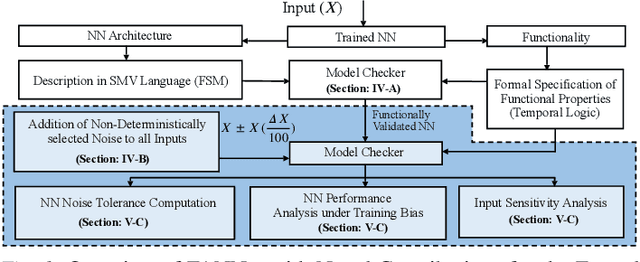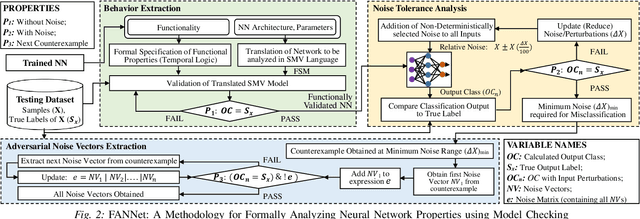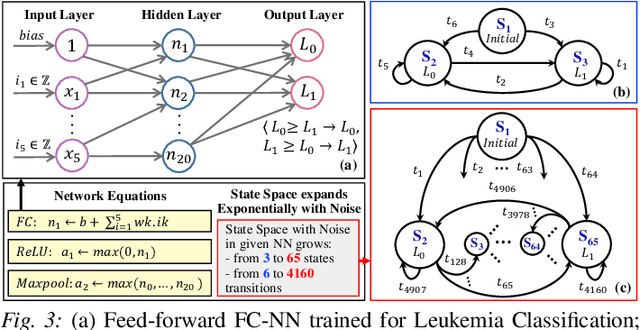Mishal Fatima Minhas
Continual Learning with Neuromorphic Computing: Theories, Methods, and Applications
Oct 11, 2024Abstract:To adapt to real-world dynamics, intelligent systems need to assimilate new knowledge without catastrophic forgetting, where learning new tasks leads to a degradation in performance on old tasks. To address this, continual learning concept is proposed for enabling autonomous systems to acquire new knowledge and dynamically adapt to changing environments. Specifically, energy-efficient continual learning is needed to ensure the functionality of autonomous systems under tight compute and memory resource budgets (i.e., so-called autonomous embedded systems). Neuromorphic computing, with brain-inspired Spiking Neural Networks (SNNs), offers inherent advantages for enabling low-power/energy continual learning in autonomous embedded systems. In this paper, we comprehensively discuss the foundations and methods for enabling continual learning in neural networks, then analyze the state-of-the-art works considering SNNs. Afterward, comparative analyses of existing methods are conducted while considering crucial design factors, such as network complexity, memory, latency, and power/energy efficiency. We also explore the practical applications that can benefit from SNN-based continual learning and open challenges in real-world scenarios. In this manner, our survey provides valuable insights into the recent advancements of SNN-based continual learning for real-world application use-cases.
FANNet: Formal Analysis of Noise Tolerance, Training Bias and Input Sensitivity in Neural Networks
Dec 03, 2019



Abstract:With a constant improvement in the network architectures and training methodologies, Neural Networks (NNs) are increasingly being deployed in real-world Machine Learning systems. However, despite their impressive performance on "known inputs", these NNs can fail absurdly on the "unseen inputs", especially if these real-time inputs deviate from the training dataset distributions, or contain certain types of input noise. This indicates the low noise tolerance of NNs, which is a major reason for the recent increase of adversarial attacks. This is a serious concern, particularly for safety-critical applications, where inaccurate results lead to dire consequences. We propose a novel methodology that leverages model checking for the Formal Analysis of Neural Network (FANNet) under different input noise ranges. Our methodology allows us to rigorously analyze the noise tolerance of NNs, their input node sensitivity, and the effects of training bias on their performance, e.g., in terms of classification accuracy. For evaluation, we use a feed-forward fully-connected NN architecture trained for the Leukemia classification. Our experimental results show $\pm 11\%$ noise tolerance for the given trained network, identify the most sensitive input nodes, and confirm the biasness of the available training dataset.
 Add to Chrome
Add to Chrome Add to Firefox
Add to Firefox Add to Edge
Add to Edge